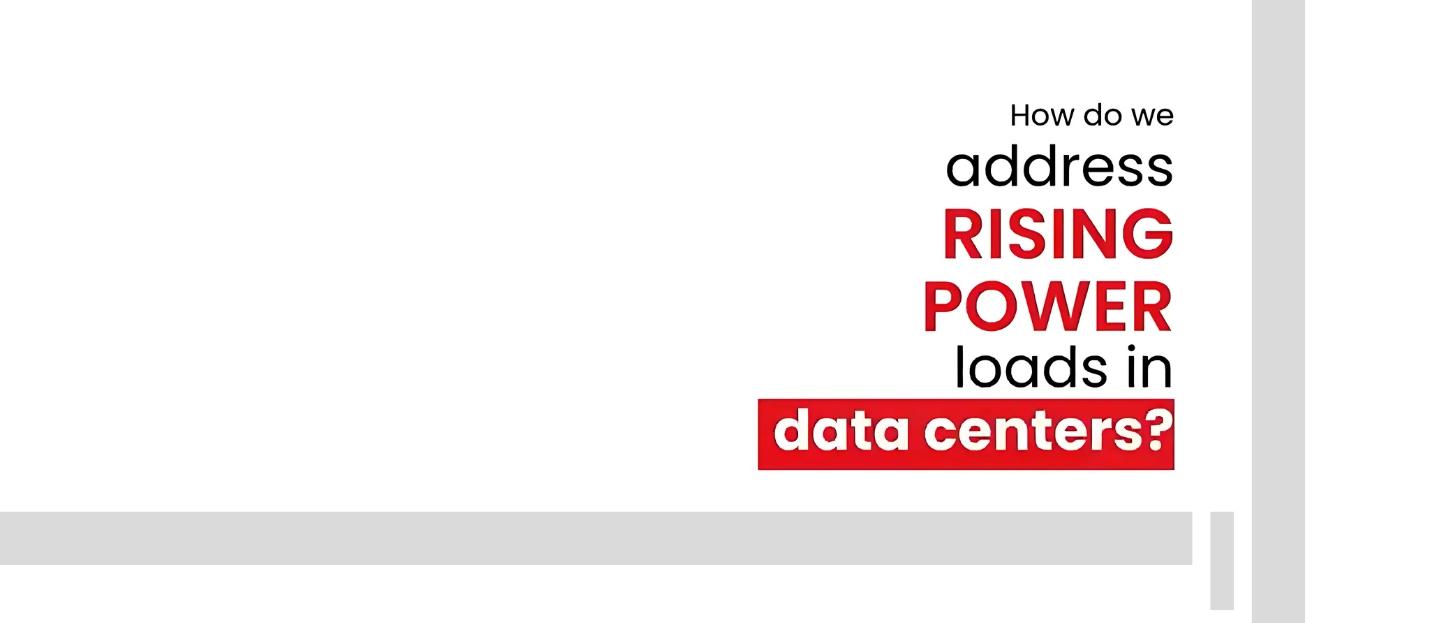What is PUE and Why Does it Matter in the Age of AI and Sustainability?
Power Usage Effectiveness (PUE) is a crucial metric for evaluating data center efficiency, particularly as AI-driven workloads continue to increase power demands. In his latest paper published in Joule, Alex de Vries-Gao, founder of the tech sustainability website Digiconomist, estimates that AI could account for nearly half of all data center power consumption by the end of this year. This highlights the urgent need for improved energy management.
Under the updated Energy Efficiency Directive (EED), data centers across Europe are now required to measure and report their PUE. This regulation is designed to improve energy performance and reduce the environmental footprint of digital infrastructure. Germany has taken the lead with its Energy Efficiency Act (EnEfG), which was passed in September 2023. This act sets a target PUE of no more than 1.2 for new builds starting from July 1, 2026. Existing sites must achieve a PUE of no more than 1.5 by July 1, 2027, and further reduce it to no more than 1.3 by July 1, 2030. Other countries are expected to adopt similar regulations.
What is PUE, and Why Does It Matter?
PUE is the industry-standard metric used to measure the energy efficiency of a data center. Introduced by the Green Grid in 2007, PUE is calculated by dividing the total amount of power entering a data center by the total amount of power used to run the IT equipment within it.
PUE is expressed as a ratio, with 1.0 representing the ideal state, meaning that all the power that enters the building is utilized exclusively by the IT equipment, with none wasted on non-IT equipment such as power, cooling, lighting, or other infrastructure. In practice, however, most data centers typically have a PUE value of more than 1.0.
PUE Benchmarks
According to the Uptime Institute 2025 Global Data Center Survey, the average annual PUE of respondents’ largest facilities is 1.54.
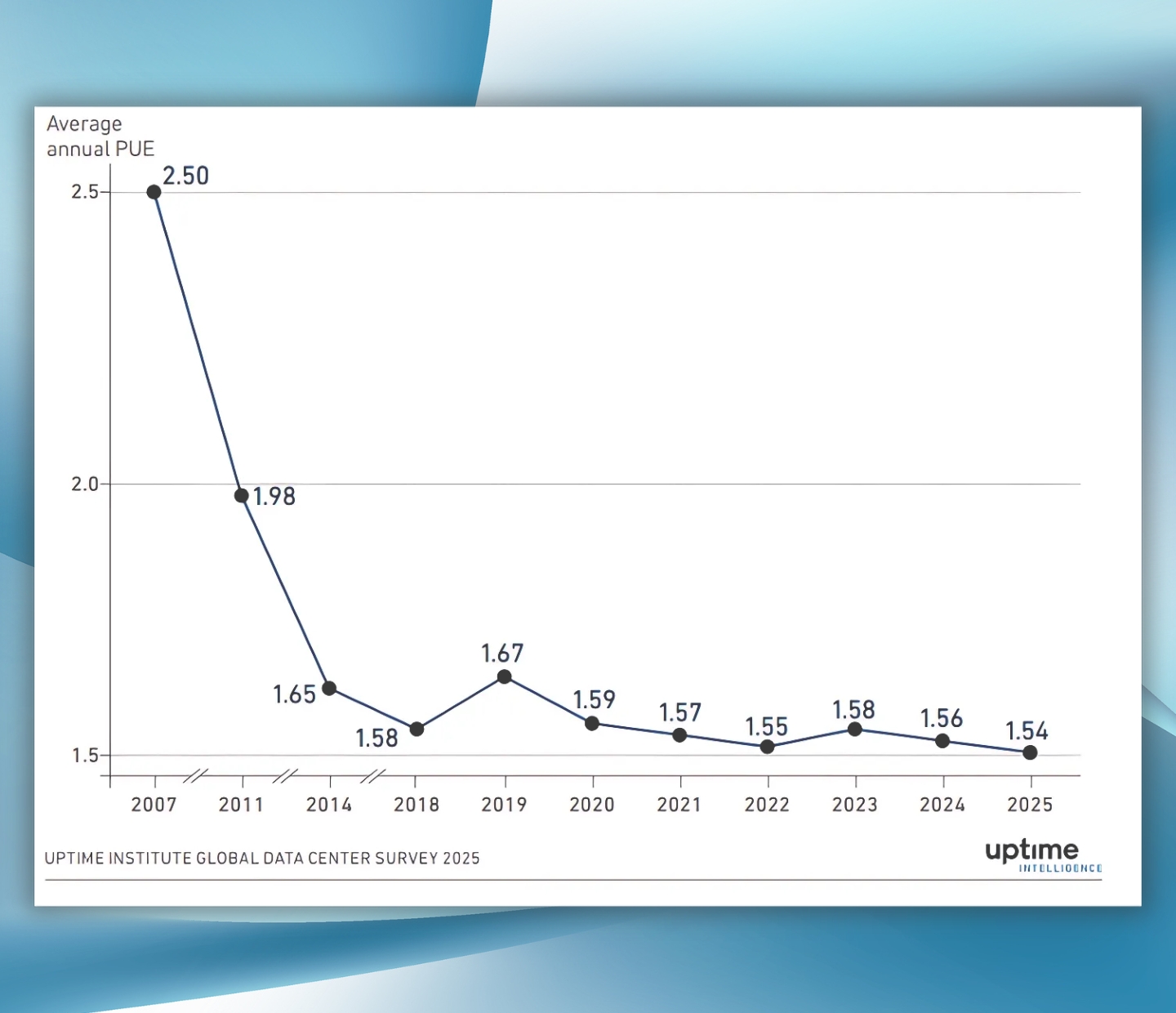
Figure: Uptime Institute Global Data Center Survey 2025
After notable improvements in the PUE metric between 2007 and 2014, PUE advancements have since plateaued over the past decade. This stagnation highlights the challenges data centers encounter in achieving maximum efficiency. The improvements are limited by outdated infrastructure and regional obstacles to efficient cooling
As AI-driven workloads continue to increase energy demands, modern facilities are achieving lower PUE values thanks to advanced cooling and power technologies. This underscores the need for continued investment in innovation by both new and older facilities to meet both performance and sustainability targets.
Why Measuring PUE Matters!
The purpose of PUE is to provide data center operators with a better understanding of their power usage efficiency and to track it over time. By measuring PUE, operators can use the data center energy metrics to identify areas that cause wasted energy and then implement measures to enhance efficiency. In turn, this can lead to reduced operational costs and support sustainability goals by lowering carbon footprints.
As Dr. H. James Harrington, a pioneer in quality and performance improvement, stated, “Measurement is the first step that leads to control and eventually to improvement. If you can’t measure something, you can’t understand it. If you can’t understand it, you can’t control it. If you can’t control it, you can’t improve it.”
How to Calculate PUE
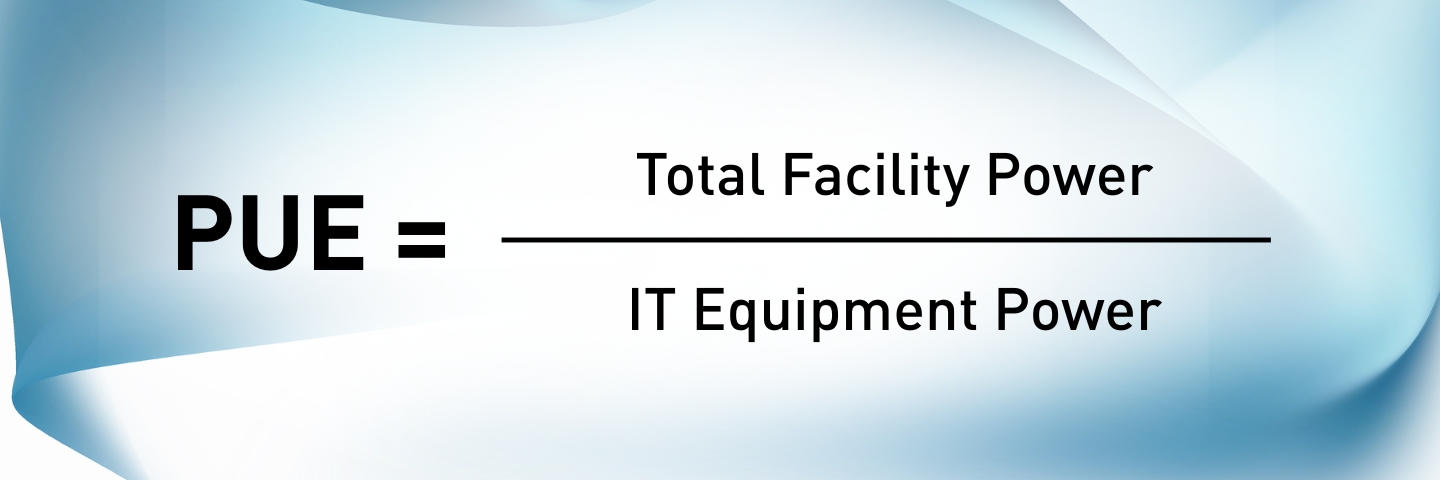
- Measure Total Facility Power Usage: Measure the energy consumption at the facility’s utility meter or via a dedicated meter specifically for the data center. A more accurate method involves using Data Center Infrastructure Management (DCIM) software, which uses sensors to provide real-time data on energy consumption across the data center.
- Measure IT Equipment Power Usage: Record the power drawn by the IT equipment at the power distribution units (PDUs) that supply power to the servers and networking hardware, reflecting the total power used by all active IT components.
- Calculate PUE: Divide the total facility energy by the IT equipment energy.
Best Practices to Reduce PUE
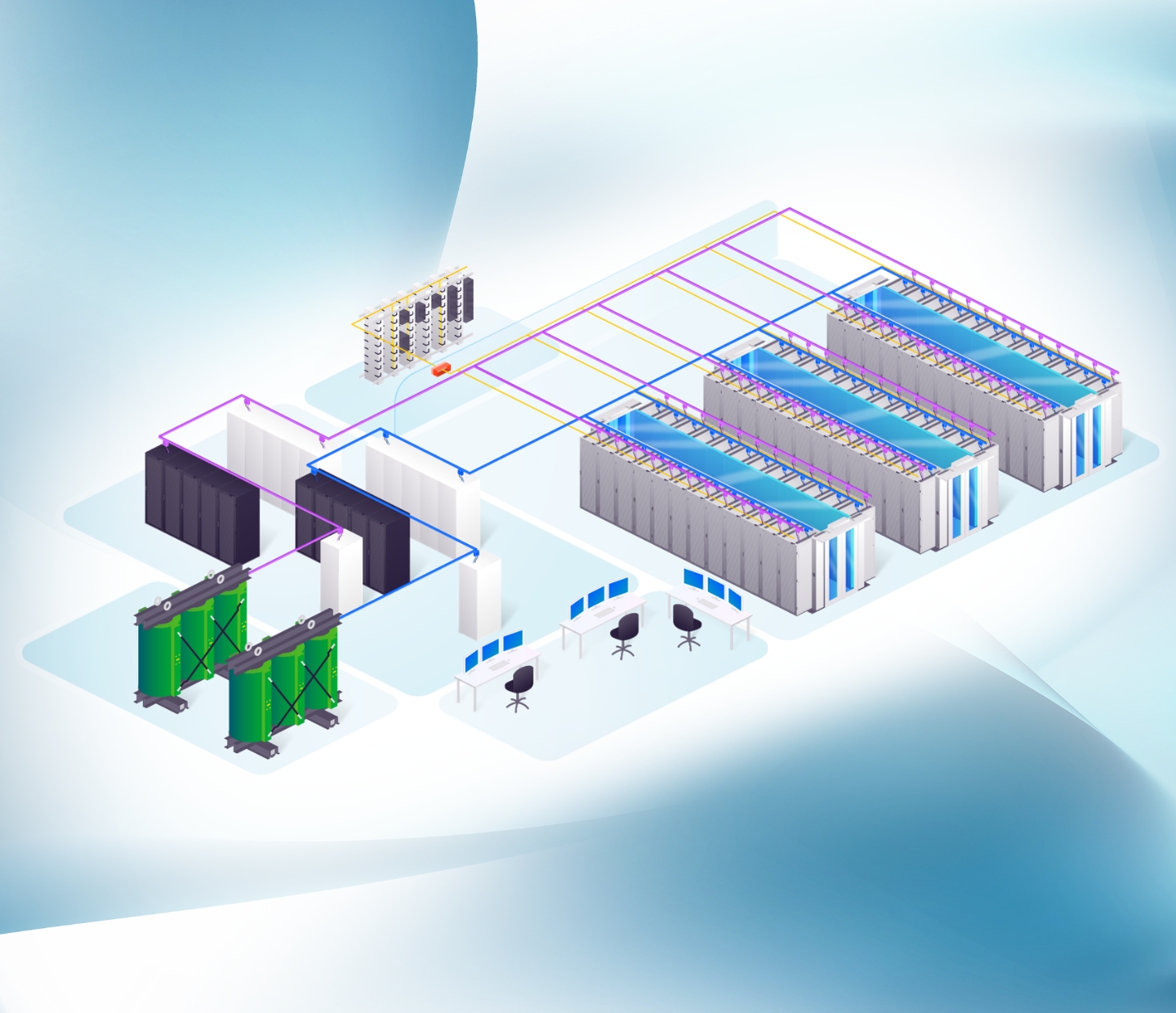
- Implement Flexible Power Distribution with Integrated Monitoring
Adopt overhead busway systems to deliver scalable, low-loss power distribution while enabling rapid reconfiguration without downtime. Incorporating critical power monitoring at the end feed, plug, or branch-circuit level provides real-time, accurate power usage data—essential for calculating PUE and identifying inefficiencies. Solutions such as Starline Track Busway with integrated metering combine flexibility, efficiency, and precise monitoring to support both operational reliability and energy optimization.
- Deploy Intelligent Rack PDUs
Get real-time monitoring and management to track energy usage, identify inefficiencies, and make data-driven decisions for improvement. Intelligent PDUs that meter down to the individual outlet level provide insights into the efficiency of individual pieces of equipment. Combined with a DCIM solution, they can also help identify underutilized or zombie servers, helping you make significant energy savings.
- Optimize Cabinet Airflow Management
Control bypass and recirculation airflows while limiting the mixture of hot and cold air. Install blanking plates to fill the gaps in a compartment, sealing plates to fill any gaps between the cabinet and the data center floor, and sealing strips to fill the gaps between bayed cabinets. Also, implement airtight cable entry seals in the side skirts and roof of the cabinet. A properly applied airflow management package will lead to notably improved energy efficiency and reduced costs.
- Introduce Containment
Implement containment to ensure separation between hot and cold air, thereby improving the direction of airflow. Significant savings can be made by incorporating roofs and doors at the end of aisles.
- Adopt Energy-Efficient Cooling Systems
Modern rear door heat exchanger systems can reduce cooling energy consumption by up to 90%, using innovative air-assisted liquid cooling with adaptive technology. These systems can deliver up to 200kW of cooling per standard rack and require no specialist infrastructure, making them ideal for both new builds and retrofits.
- Use Ultra-Efficient UPS Systems
Deploy next-generation UPS solutions, such as the Keor FLEX, which deliver up to 98.4% efficiency and are smart-grid ready. High-efficiency UPS systems reduce power conversion losses, lower cooling demand, and help meet sustainability targets while ensuring maximum reliability.
- Deploy Ultra-Efficient High-Power Busbar Systems
As AI workloads push data center power density to new heights, the most efficient way to distribute heavy currents is through ultra-compact, low-loss busbar systems. Legrand’s high-power XCP busbar (630–6300 A) delivers scalable, high-performance distribution with reduced voltage drops, minimal Joule losses, and strong thermal resilience—helping stay ahead of future AI power growth while optimizing PUE.
- Choose Energy-Efficient Transformers
Select cast resin transformers like Legrand’s Green T.H.E., designed for maximum efficiency and fully compliant with the EU Ecodesign Directive (EN 50708-1:2020, EU 548 Tier 2). High-efficiency transformers reduce no-load and load losses, improving overall facility performance and lowering lifetime operating costs.
Powering a Greener Future
In an era where AI is reshaping power demands in data centers, improving PUE is essential to achieving long-term sustainability and operational efficiency. Investing in innovative technologies and best practices to monitor and manage PUE not only helps meet regulatory requirements but also contributes to a more sustainable future.
At Legrand, we go further to deliver highly customizable, modular, efficient, and sustainable infrastructure solutions for power, cooling, and containment. Explore the energy-saving solutions from Legrand here.
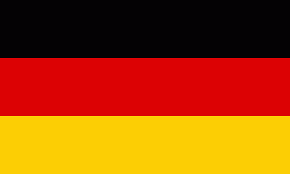



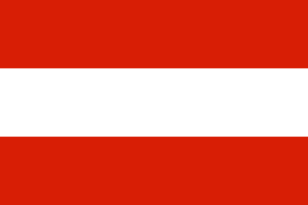


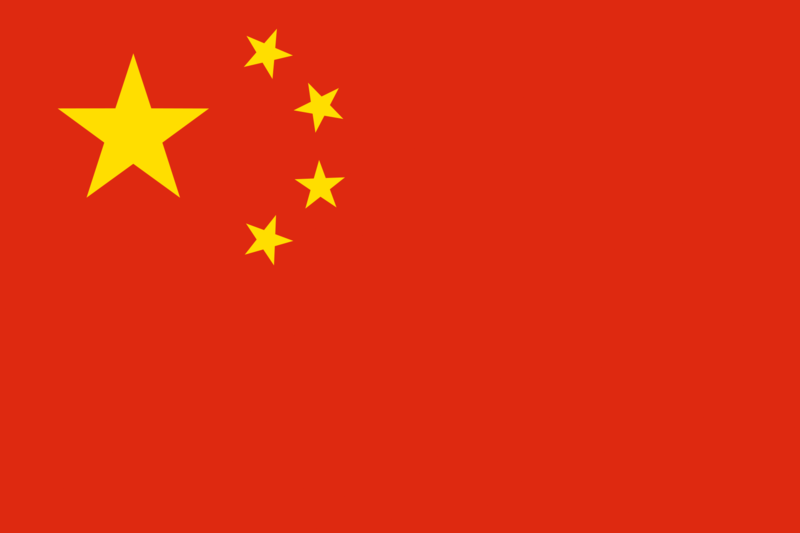











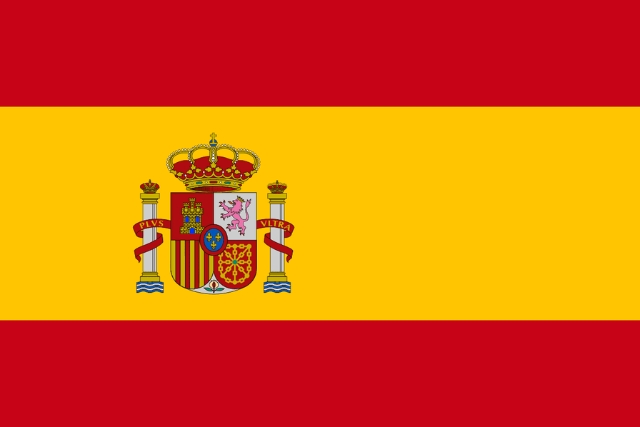




 Canada
Canada
 Latin America (English)
Latin America (English)
 Latin America (Espanol)
Latin America (Espanol)
 USA
USA
 China
China
 India
India
 Japan
Japan
 Republic of Korea
Republic of Korea
 South East Asia (English)
South East Asia (English)
 Austria
Austria
 Belgium
Belgium
 France
France
 Germany
Germany
 Italy
Italy
 Netherlands
Netherlands
 Spain
Spain
 Switzerland
Switzerland
 Turkey
Turkey
 UK
UK
 Africa (english)
Africa (english)
 Africa (français)
Africa (français)
 Middle East (english)
Middle East (english)
 Australia
Australia
 New Zealand
New Zealand
